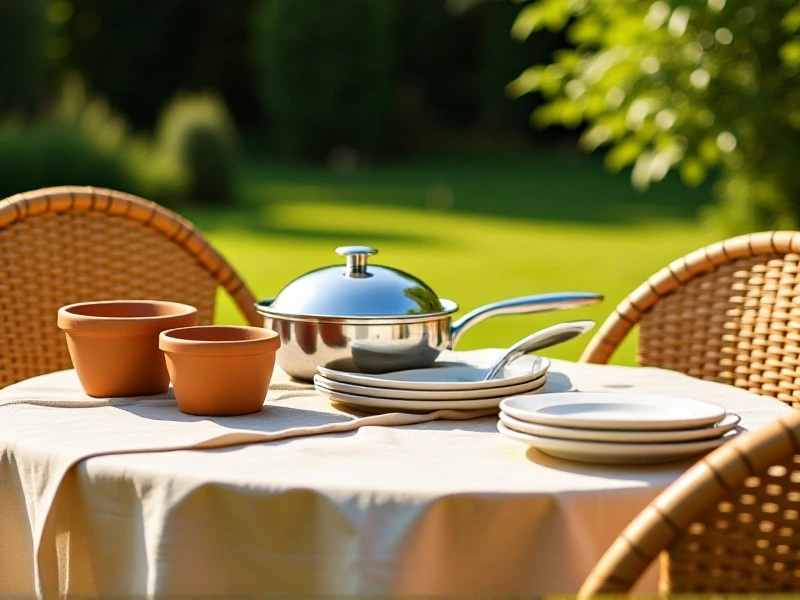
How to Choose the Right Kitchen Pan for Perfect Cooking Results
The humble pan is arguably the workhorse of any kitchen. From searing steaks and frying eggs to simmering sauces and making fluffy pancakes, the right pan makes all the difference. But with so many types available — non-stick pans, stainless steel, cast iron, copper, aluminum — finding your perfect pan partner can be daunting. Understanding the strengths of each material is key.
Non-stick Pans: Ideal for low-fat cooking and delicate foods like eggs and fish. They're easy to clean but require gentle handling (avoid metal utensils!) and generally have a shorter lifespan. Perfect for quick weekday meals.
Stainless Steel Pans: Durable, non-reactive (won't alter the taste of acidic foods like tomatoes), and excellent for browning and creating pan sauces. They often need sufficient preheating and oil to prevent sticking but are incredibly versatile. Many feature an aluminum or copper core for better heat distribution.
Cast Iron Pans: The ultimate in heat retention and even heating. Seasoned cast iron develops a natural non-stick surface and can go seamlessly from stovetop to oven. They excel at searing, frying, baking cornbread, and even outdoor cooking. Require a bit more maintenance to prevent rust.
Copper Pans: Offer the most responsive and even heating, reacting instantly to temperature changes. This precision makes them a favorite with professional chefs. However, they require regular polishing to maintain their shine and often come lined with stainless steel or tin. They are a significant investment.
Aluminum Pans: Lightweight, affordable, and excellent at conducting heat quickly and evenly. Most aluminum pans are anodized (hardened) or clad (like with stainless steel) to prevent reactivity and scratching. Great, budget-friendly workhorses.
Choosing Your Pans:
- Assess Your Cooking Style: Do you sear meat often? Sauté veggies daily? Bake pancakes weekly? Match the pan to your frequent tasks.
- Consider Your Stovetop: Induction requires cookware with a magnetic base (stainless steel, cast iron, magnetic stainless-clad pans).
- Think Maintenance: Are you okay with seasoning cast iron or polishing copper? Or do you prefer dishwasher safety?
- Start Small: You don't need every pan at once. Begin with one versatile skillet (like a 10-12 inch stainless steel with core or anodized aluminum) and one saucepan, then expand based on need.
Investing in the right pans, used properly and maintained well, will elevate your cooking results significantly. Ditch the frustration of sticking and uneven cooking. Instead, embrace the joy of perfectly seared salmon, flawlessly scrambled eggs, and beautifully caramelized onions, all thanks to choosing the perfect pan for the job. It truly is the cornerstone of great cooking.